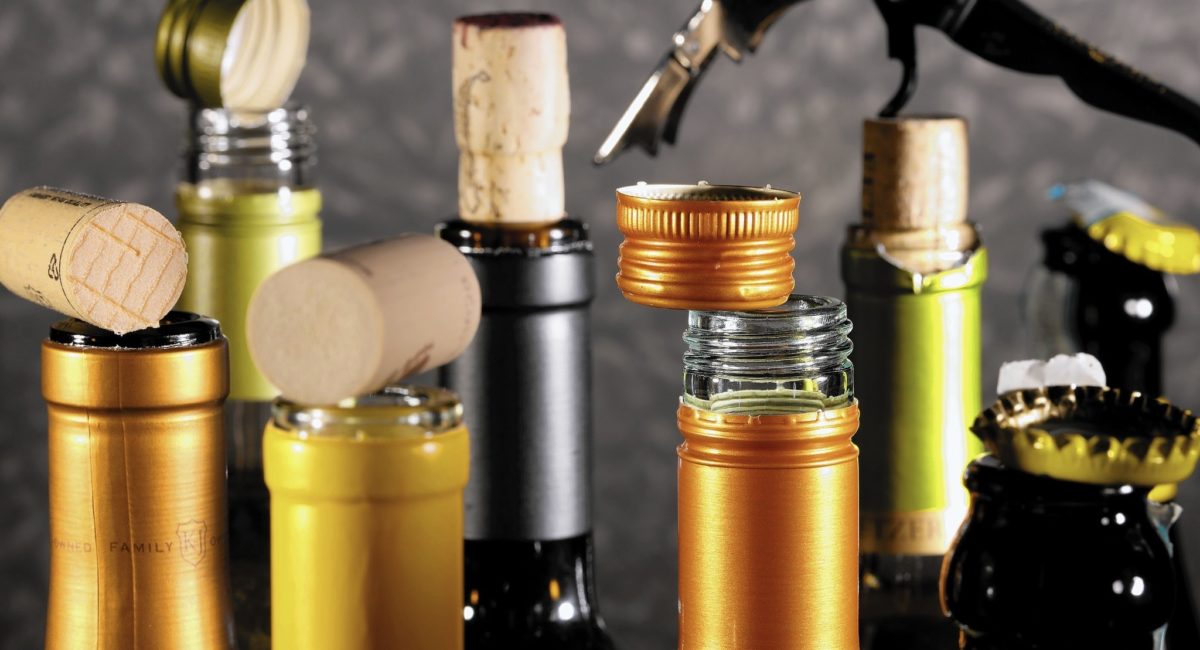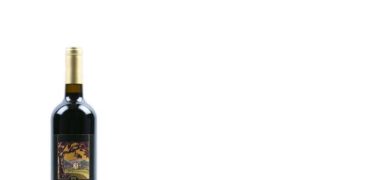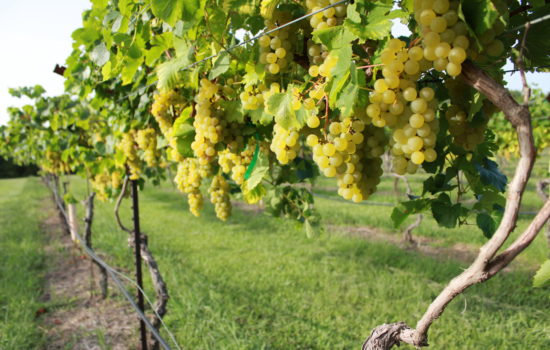BOTTLE LANGUAGE OF WINE
Wine bottles tell you a lot about its contents. In the past, heavy bottles usually denoted high quality wine. That was before sustainability percolated into the philosophy of making wine. Heavy glass bottles are frowned upon in the wine industry because the bottle are more expensive to make and then to ship to the winery and then to the consumer. If you encounter a heavy glass bottle in today’s times, then you should understand it is strictly a marketing ploy and has nothing to do about the quality of the wine inside that bottle. Pick up different bottles while comparing weights to indicate to you which wines have heavy glass bottles. Today’s wine bottles contain exactly 750 milliliters so the wines inside the bottles weigh the same. By the way, 750 milliliters is one-fifth of a gallon and hence the term “Fifth, used to describe a container. I have a tendency to ignore those heavy glass bottles simply because it is a marketing ploy and an unsustainable one at that.
Bottles of wine have several different closures to offer with the dominant closures being either screw-cap or cork. Back in the 70’s, wines which had screw caps were cheap wines so we stayed away from them unless you wanted to drink Boone’s Farm Fruit Wines. Those screw caps have evolved with technology. Most winemakers use the Stelvin screw-caps which are sometimes more expensive than corks to obtain and affix as a closure to the bottle. Those bottles in today’s world of wines with these Stelvin screw-caps are generally crisper, more fruit-forward than wines with corks. Those lighter wines like Sauvignon Blanc, Chennin Blanc, and some light red wines use Stelvin screw-caps to keep their wines fresh, free from oxidation by air. Try this experiment by getting two identical bottles with screw-caps. Open one of the two bottles and let it “breathe” in the air. Thirty minutes later, pour you a glass of that opened wine and then open the second bottle to pour a separate glass. You will be amazed at the difference with the previously opened wine being more “round” and not as crisp and fruit-forward as the newly opened wine. The air does rob that freshness and crispness with the fruit not being so bold as that wine is being oxidized by the air. The winemakers in New Zealand recognize this phenomenon so most Sauvignon Blanc wines from New Zealand have the Stelvin screw-cap to retain their wines’ fresh, crisp fruit.
There are two general types of corks used in the wineries, being 100% natural unadulterated cork and the composite cork. There is nothing wrong with either corks, but the natural corks are more expensive with composite corks using all of the cork material. Portugal is where the vast majority of corks come from with quality control as one of the paramount issues in the cork industry. Years ago the Portuguese cork industry had some serious quality control issues with TCA’s which is a mouthful if spelled out with all of the chemical names. The screw-caps were evolving through their technology with the Stelvin screw-caps having an engineered plastic insert during this time period. The Stelvins motivated the cork industry to not only “clean up its act,” but it provided the composite cork. I also enjoy wines with corks (natural and composite) since it naturally allows the wines to breathe even with a wine capsule, allowing the rough edges of the tannin structure to round off over time. I am always s impressed with the Class A natural corks with an extra quarter inch of cork length since it tells me the winemaker was really impressed with his creation.
To sum it up, the Stelvin screw-caps tell me the wine should be crisp, fruit-forward, and possibly floral which usually mean to drink the wine soon after purchase. Those screw-capped wines are not meant to age. Wines sealed with a cork are always more round with some of those wines meant to be aged. I don’t have the patience for a wine to age in my cellar so it is consumed within weeks of purchase.









